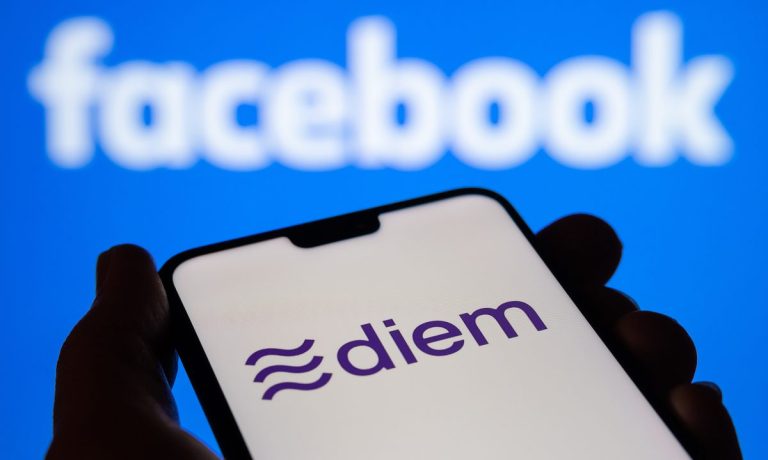David Marcus Departs Facebook, Along With the Last Remnant of Libra’s Battered Brand

The announcement that David Marcus is leaving the company formerly known as Facebook marks the departure of the last name associated with its Libra stablecoin debacle.
As the head of what was then called the Calibra wallet (now Novi), Marcus headed up the launch of — and then defense of — Facebook’s stablecoin project (now Diem). Formerly president of PayPal, Marcus took up a wider role as the head of FinTech for the social media giant now called Meta.
From the start, Facebook and the stablecoin’s backers pitched it as a tool of financial inclusion, with the project described at its unveiling as “a simple global currency and financial infrastructure that empowers billions of people.”
The tagline was: “Reinvent money. Transform the global economy. So people everywhere can live better lives.”
In the Tuesday (Nov. 30) Facebook post announcing his departure, Marcus returned to that theme, saying “I remain as passionate as ever about the need for change in our payments and financial systems.”
That said, Facebook CEO Mark Zuckerberg’s comment on that post talked about the as-yet-unlaunched Diem in a decidedly past tense, at least from his company’s perspective.
“We wouldn’t have taken such a big swing at Diem without your leadership and I’m grateful you’ve made Meta a place where we make those big bets,” Zuckerberg wrote.
Novi launched on Oct. 19, before Diem, which is something Marcus had said would be done only as a “last resort.”
Immediate Backlash
Formally announced on June 18, 2019, the Libra/Diem project met with such immediate and fierce resistance from the political and financial worlds that it’s fair to say that it brought cryptocurrency regulation from a topic that was the purview of mid-level financial regulators to cabinet members and finance ministers, central bank presidents and CEOs, and mainstream media outlets around the world.
Bank of England Governor Mark Carney’s response to the launch announcement was that a stablecoin with instant access to Facebook’s 2.3 billion customers “will become instantly systemic and will have to be subject to the highest standards of regulation.”
By “systemic,” Carney meant the fear that an unregulated, globally available stablecoin suddenly usable by billions of people was threat to national currencies, governments’ control of their economies, and the global financial system as a whole.
Which is roughly why stablecoin regulation remains such a hot topic today. Speaking before the Senate banking Committee on Nov. 30, Treasury Secretary Janet Yellen said that while stablecoins could make payments easier and less expensive, “there are significant risks associated with them, including risks to payment systems and risks related to the concentration of economic power.”
A Brand Battered
First, Libra’s key financial industry backers jumped ship under enormous political pressure — and outright threats — with Mastercard and Visa, payments processors Stripe and Mercado Pago, and eBay departing in early October.
Read also: The 4 Key Clues To Understanding The Future Of Facebook’s Libra
In a move that must have hurt, they were following PayPal, the first Libra Association member out the door.
Ultimately, the name Libra was jettisoned in favor of Diem, the June 2020 launch date was scrapped, Facebook’s Calibra wallet became Novi, and even the stablecoin’s basic design mutated from a single global means of payment backed by a mixed basket of fiat currencies to a series of national stablecoins backed by that country’s fiat.
And while it’s wildly overstating Libra/Diem’s impact and importance to say that it was behind Facebook CEO Mark Zuckerberg’s recent decision to change Facebook’s name to Meta, the reaction to the stablecoin project was fueled in part by the widespread distrust of Facebook by governments and financial leaders around the globe. The outcry at least underscored how damaged the brand it was.